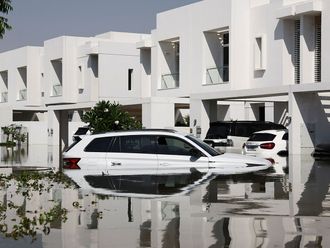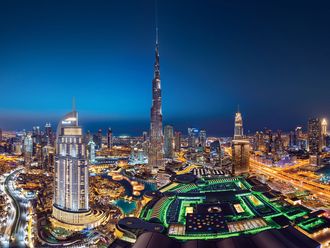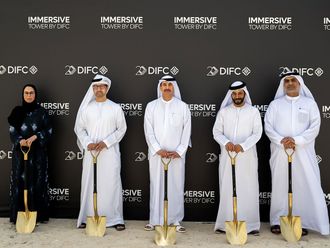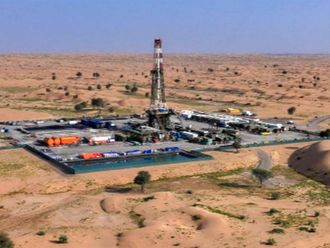Dubai: Middle East investors have sharply cut their allocations on overseas commercial real estate purchases, with $10.1 billion utilised in the 12-month period ending Q2-17. That compares with a staggering $21.2 billion in the earlier 12-month cycle, according to figures released by CBRE.
Obviously, the oil price situation has forced the hand of the major investors, especially sovereign wealth funds and allied entities. It could be that regional investors are also channeling significant funds into projects at home or within the wider region. The political situation, as in the case of Qatar, could also have had a hand in reducing the fund outflow.
The drop off comes at a time when overall real estate allocations on commercial real estate crossed 10 per cent for the first time during 2016-17.
But, despite the reduced overseas spending and the Brexit imbroglio, London managed to be the most favoured city location for Middle East investors picking up commercial realty. In this it managed to put one across New York, the favoured destination through the years.
London in the 12 months to Q2-17 raked in $1.68 billion through various commercial realty deals, while New York ranked a distant second with $820 million. Washington and Frankfurt received $469 million and $348 million apiece.
“Several investors have been taking advantage of Brexit to secure opportunistic acquisitions in the UK capital, most notably family wealth from ultra-high networth individuals and certain SWFs,” says the CBRE report. “While this was partly driven by a correction in yield levels and a favourable currency effect due to the depreciation of the sterling, it reaffirms London’s status as global gateway market.”
Interestingly, while the US as a whole remains the top investment destination for regional investors, there has been quite a drastic drop in their size. As opposed to the $10.3 billion parked there in the 12 months leading to end Q2-16, the succeeding period saw only $3.9 billion.
“The little anticipated result of the US Presidential Election was initially received by Middle Eastern investors with calm and reason, although the first months after inauguration proved to be politically sensitive,” according to the CBRe report.
“Policies that specifically targeted migration from certain Middle Eastern countries have likely affected decision-making over the last six months.
“As long as there remains uncertainty about the direction of these policies, it is unlikely that capital flows to the US will recover to levels previously recorded.
But the people at CBRE are taking the long view on Middle East investors and their overseas realty exposures. “Investors have expressed their intention to increase global real estate spending, as a proportion of all investment asset allocations,” said Nicholas Maclean, Managing Director of CBRE M.E.. “This is driven by a perceived need to diversify income streams by asset class and geography.”
And “In spite of fluctuating oil pricing, capital leaving the Middle East region has continued to target global real estate markets.” As for the present, it was the reduced demand from sovereign funds that resulted in the steep decline during 2016-17. Their exposures took a 17 per cent hit, but they still managed to put their stamp on $5.4 billion worth of assets.
But “High networth individuals and private investors were less active compared to previous years, which indicates that this group might be more susceptible to adverse market conditions,” the CBRE report adds.













